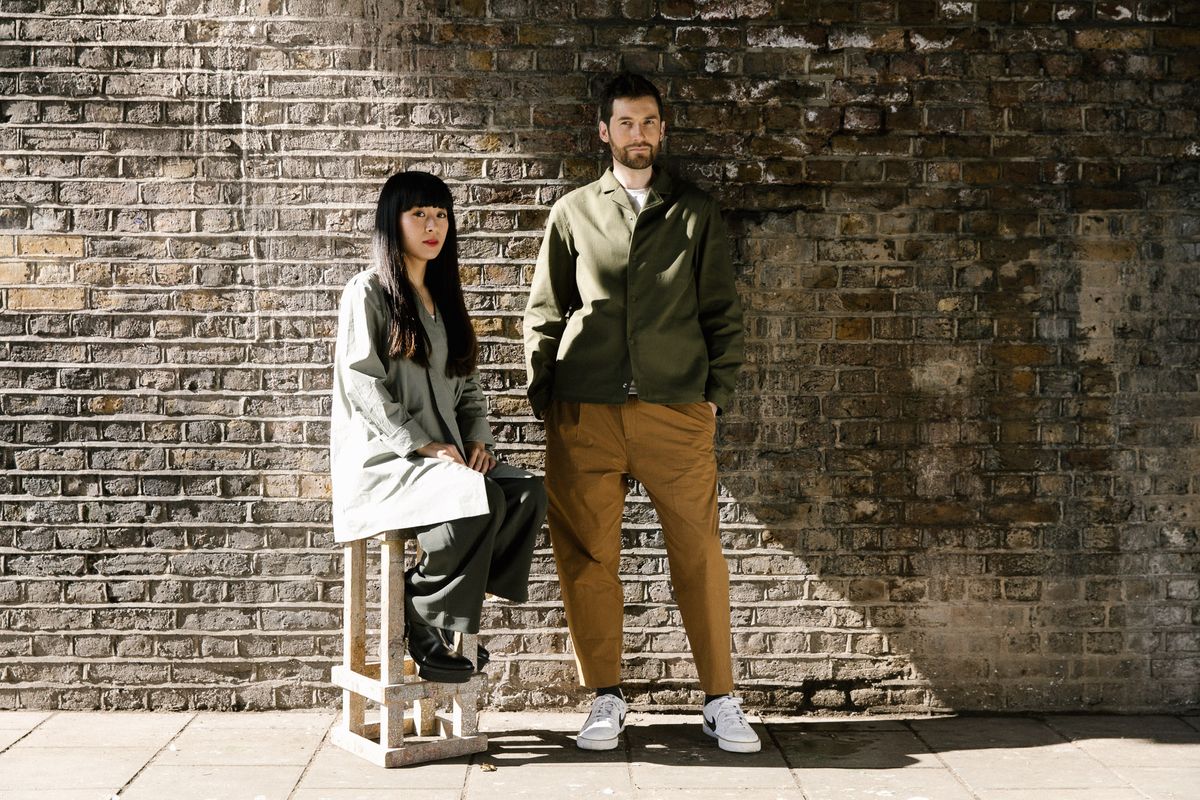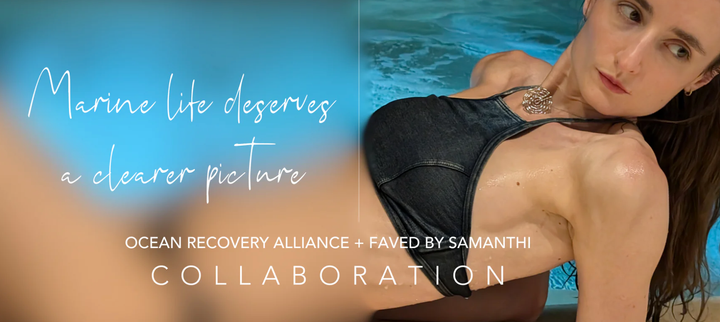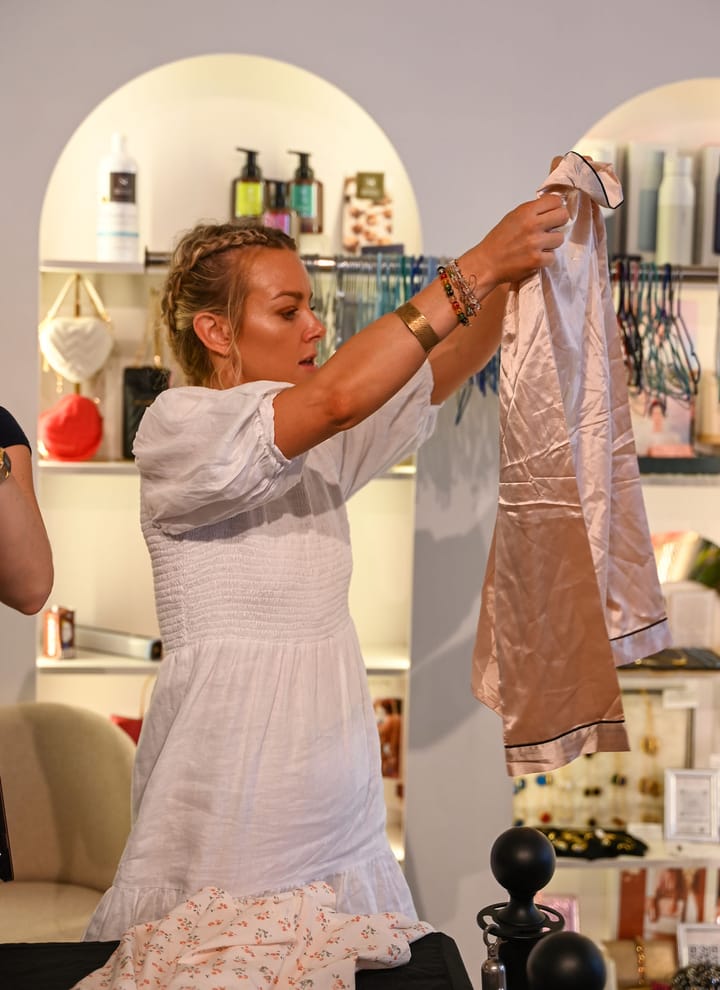Hong Kong-based Artists A.A. Murakami explore our future through “unnatural phenomena"

A few minutes every morning is all you need.
Stay up to date on the world's Headlines and Human Stories. It's fun, it's factual, it's fluff-free.
Artists A.A. Murakami (Alexander Groves and Azusa Murakami) are the artists responsible for Studio SWINE (Super Wide Interdisciplinary New Explorers). They work in various mediums, including film, sculpture, architecture, installations and more. Their films have garnered recognition at Cannes, and their art has appeared at revered institutions like London’s Victoria and Albert Museum.
Now, they’re exploring our relationship with the environment through their current Hong Kong exhibit, “A Thousand Layers of Stomach,” which is drawn from Metabolism – a Japanese architectural movement.
Their creations consider how globalization affects our future and our identities. “A Thousand Layers of Stomach” combines digital technology and natural elements to envision a future in which technology and our natural environment are inextricable. TMS spoke with Charmaine Chan of Pearl Lam Galleries to discuss the themes and pieces that work together to examine where we are headed as a species.
Pearl Lam Galleries
Lauded as a “driving force within Asia’s contemporary art scene,” Pearl Lam Galleries aims to start a global dialogue that stretches across cultures and languages. Featuring both Chinese and international artists, the gallery curates dynamic and strategic work that reframes and challenges preconceived notions of Asian culture. Since its founding in 2005, the gallery has reached an international audience. Its flagship location is within the historic Pedder Building in Hong Kong.
The architectural movement of Metabolism
“There’s two ways to understand [Murakami’s] topic,” says Chan. “The first is the postwar Japanese architectural movement Metabolism. The title, ‘A Thousand Layers of Stomach’ can also be translated as ‘Do You Have the Guts?’ in English. The artist wanted to ask the audience if they have the guts to help the environment – to do some sustainability work.”
The Metabolism movement revolves around the renaissance of our constructed environment (i.e., the spaces, structures and buildings around us). So why Metabolism? The eponymous digestive process consists of two stages: anabolism, which builds up substances, and catabolism, which breaks down substances. Just as this cycle exists in our bodies, it is ubiquitous within nature.
“A Thousand Layers of Stomach” refers to this natural digestive process and celebrates sustainability by proposing renewal as a way of life.
Sustainability and urbanization through the eyes of A.A. Murakami
A.A. Murakami asserts that our built environment can mimic the metamorphic nature of our environment and bodies to form a sustainable urban environment. “A Thousand Layers of Stomach” is an immersive exhibition that projects dreamlike visions of what the conversation between anthropology and material culture could look like in the post-technological era.
In an interview with David Chan, the artists described how they view the harmony between technology and nature: “We believe the future is integrating technology into our lives in invisible ways, indistinguishable from natural phenomena like rain, in installations or works we call ‘unnatural phenomena.’”
One of the installations entitled “Silent Passenger” is all-encompassing. “You can see the past, present and future at the same time,” describes Chan.
The work displays a timeline of urban cartography through a rearview mirror with an embedded screen. As a result, viewers experience a double-vision effect as they watch images from the past and the present at the same time. The artists created “Silent Passenger” as a mechanism to view China’s urbanization.
The exhibition’s centerpiece is a miniature of a biodegradable living space, called a C-type house, designed with paper pulp. The “C" represents “cell," reflecting the ideas behind Japanese Metabolism architecture.
“Imagine if Hong Kong was full of C-type houses. And there’s no more pollution in the city,” says Chan. “The artists want to give us the message that if we don’t protect our environment, then in the future, we won’t have natural sunlight. We’ll have to create artificial sunlight.”
The artists are driven by their fascination with materials and how they enable us to or inhibit us from coexisting with our environment. The artists explained to David Chan that they want to examine the built environment, “both as a way to explore the world and how humans can coexist with the natural less destructively.
“We have a fascination with the way materials shape us, our cities and culture, our value systems, etc. We want to work on the edge of what is possible, that blurred line between a dream and reality. It’s a line that is always shifting and we seek to occupy it by combining material research with new technology and combining our different backgrounds in art and architecture.”
For those in Hong Kong, you can explore A.A. Murakami’s work from now until February 12. The exhibition runs Monday-Saturday, 10 a.m.- 7 p.m.
Address: Pearl Lam Galleries, 6/F, Pedder Building, 12 Pedder Street, Central
Is your business doing something cool that you want to show off? Get in touch at hello@themilsource.com




Comments ()